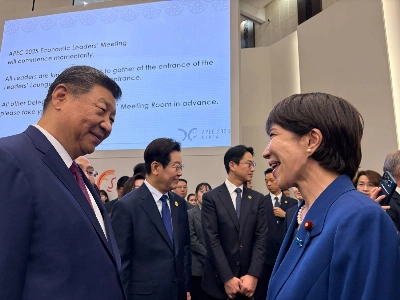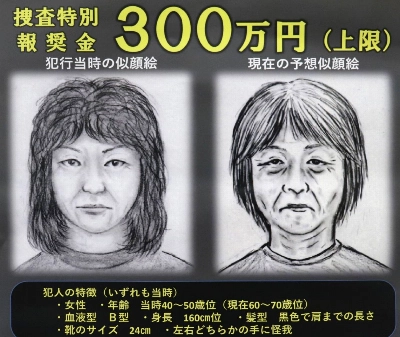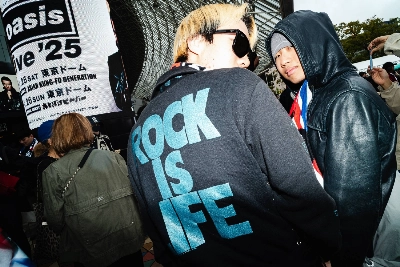William Blake (1757-1827), poet and engraver, known for his mysticism, sentiment and the complex symbolism of his work, does not seem a likely candidate for Japanese scholarly enthusiasm. Yet, he has long excited interest, even eagerness in the academic circles of Japan.
Their first acquaintance perhaps came through a lecture on Blake, "The First Mystic," which was given in the late 1890s by Lafcadio Hearn at Tokyo University. It was one of a series of talks called "Some Strange English Literary Figures" and Blake's strangeness was perhaps his initial attraction.
Or perhaps it was his strange familiarity. Blake was one of the few Western artists to illustrate his own poetry, to make the word and the image meet on the page. This was something, however, that many Japanese poets had traditionally done -- Basho, Issa and many others, drew their poems.

















With your current subscription plan you can comment on stories. However, before writing your first comment, please create a display name in the Profile section of your subscriber account page.